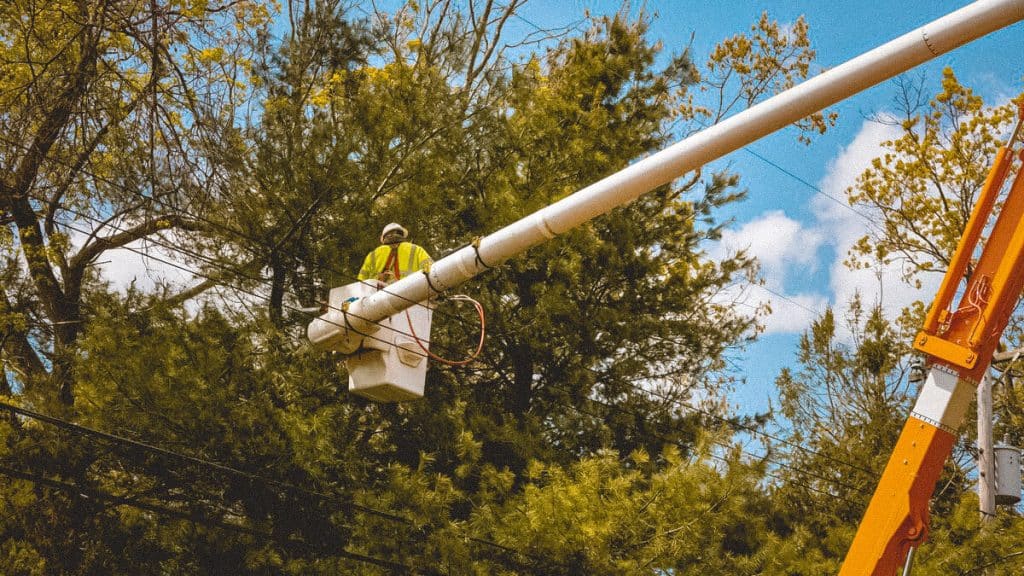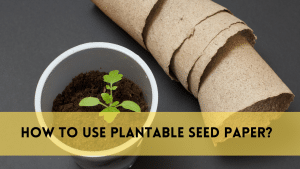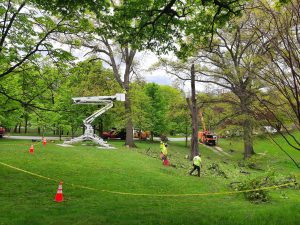The thick green canopy of trees in the center of Houston, Texas, is a vital aspect of the city’s appeal and natural diversity. Tree pruning in Houston, TX, is an important part of preserving this green legacy. Professional tree pruning is essential for guaranteeing safety, encouraging tree health, and improving urban aesthetics. This article looks into the varied realm of tree trimming in houston, revealing the significance, skills, and concerns in preserving Houston’s flourishing arboriculture.
Importance of Tree Trimming: Nurturing Arboreal Vitality
Tree trimming in Houston, TX, is more than just a cosmetic job; it is an essential part of keeping trees healthy and important. Trimming on a regular basis fosters healthy development patterns, ensuring that trees build strong structures and balanced canopies. Tree pruning eliminates possible hazards by removing dead or diseased branches, lowering the chance of falling limbs during bad weather. Furthermore, trimming promotes air circulation and sunshine penetration, both of which are important for a tree’s general health. Trees that are well-trimmed are more resistant to diseases and pests, increasing their lifetime and resilience. A well-kept tree canopy also lends charm and character to Houston’s landscapes, increasing property prices and contributing to a visually pleasing urban environment.
Prioritizing tree pruning isn’t only for looks; it’s also an important component of good arboriculture, fostering healthier and safer trees.
Choosing Professional Services: Selecting Expert Tree Trimming in Houston, TX
Choosing the correct tree trimming service in Houston is critical for guaranteeing great care and upkeep of your trees. Consider the following considerations to make an educated decision:
Credentials and Certifications: Give preference to qualified arborists and tree care firms. Look for links with organizations such as the International Society of Arboriculture (ISA) or the Tree Care Industry Association (TCIA). These accreditations demonstrate knowledge and conformity to industry standards.
Reputation and Reviews: Look for internet reviews and testimonials from prior customers. Positive feedback on professionalism, service quality, and attention to safety regulations says volumes about a company’s dependability.
Insurance and Licenses: Confirm that the service provider has the relevant licenses and insurance coverage. Liability insurance protects you in the event of unintentional property damage or worker injury while tree pruning.
Service Offerings: Evaluate the services provided. A professional tree trimming firm should provide a full variety of services, such as pruning, trimming, removal, stump grinding, and emergency tree care.
Transparent Pricing: Request precise estimates explaining the services provided and their associated prices. Be wary of exceptionally cheap costs that may jeopardize quality or leave out key services.
Safety Protocols: Inquire about the safety precautions taken during tree pruning. A trustworthy service provider promotes safety by using suitable equipment and practices to avoid mishaps.By weighing these considerations and selecting a reliable and qualified tree trimming service in Houston, you can secure the health and safety of your trees as well as the protection of your home.
Techniques for Effective Tree Trimming: Nurturing Healthy Growth
Tree pruning includes a variety of treatments that are essential for preserving tree health and aesthetics:
Crown Pruning is a method that involves the selective removal of dead or diseased branches in order to improve air circulation and sunlight exposure inside the canopy. Crown trimming improves tree health and lowers the likelihood of branch collapse.
Thinning off extra branches and shaping the canopy help to retain the natural structure of the tree. This strategy decreases wind resistance, eliminates overcrowding, and promotes stronger limb growth. Reducing the size of the canopy strategically reduces stress on branches and enhances overall tree stability. It’s a good method for reducing the dangers caused by overgrown trees near structures or electricity lines.
Promotes appropriate development by guiding the tree’s growth pattern away from the trunk. Using these strategies necessitates knowledge of tree biology. Using them wisely assures not only a visually stunning tree, but also a healthier and more robust one, enriching the whole landscape.
Safety Measures during Tree Trimming
Tree pruning has inherent dangers, demanding strong safety standards to protect workers and bystanders:
Personal Protective Equipment (PPE): Arborists should wear suitable equipment, like as helmets, eye protection, gloves, and non-slip footwear, to reduce the danger of harm.
Equipment Inspection: Thoroughly inspecting and maintaining tools and equipment before use reduces the possibility of problems during tree trimming operations.
Assessment of Surroundings: Before beginning work, arborists inspect the area for potential hazards such as electricity wires, surrounding structures, or unstable branches to provide a safe working environment.
Proper procedures and Equipment: Using the proper tools and trimming procedures decreases the hazards of falls, branch entanglement, and equipment accidents.
Clear Communication: Clear communication among team members on duties\, dangers, and emergency procedures reduces confusion and improves performance.
Cost Factors and Budgeting
Tree Size and Complexity: Larger or more complicated trees take more work and specialized equipment, which affects overall expenditures.
Number of Trees: Compared to single-tree care services, trimming many trees incurs greater expenditures.
Tree Condition and Health: Diseased or badly overgrown trees may need additional care and more sophisticated cutting procedures, impacting price.
Service Type: Prices for various services such as basic trimming, pruning, shape, or emergency treatment vary according on their complexity and urgency.
Accessibility and Location: Trees in difficult areas or with restricted access may incur greater expenditures owing to additional labor and equipment needs.
Budgeting for tree trimming entails acquiring numerous bids, calculating the extent of work, and assuring openness regarding services included in estimates.
Environmental Impact of Tree Trimming: Sustaining Green Practices
When done properly, tree pruning has various environmental benefits:
Promoting Tree Health: Proper pruning promotes healthy development, lowering the danger of disease and insect infestations. Healthy trees help to enhance air quality and environmental balance.
lowering Green trash: Recycling tree debris by mulching or composting reduces trash while improving soil health and moisture retention and lowering landfill strain.
Ecosystem Preservation: Strategic tree pruning ensures that trees coexist happily with local flora and animals, sustaining biodiversity and wildlife habitats.
Carbon Sequestration: Healthy trees absorb carbon dioxide, lessening the consequences of climate change by functioning as natural carbon sinks.
Houston citizens may help preserve the city’s green areas and build a healthier urban environment by adopting sustainable tree cutting techniques. Using eco-friendly approaches guarantees that tree management goals are attained in the long run.
FAQS
1. How frequently should I get my trees pruned?
The frequency of tree pruning varies according to the tree type, growth rate, and overall health. Trimming trees every 3-5 years is generally beneficial.
2. When is the ideal time of year for tree trimming?
The best period for tree pruning depends on the type of tree. Most trees prefer late winter to early spring (dormant season) because it reduces stress and promotes healthy development.
3. Will pruning my trees help them grow healthier?
Yes, cutting dead or diseased branches allows for greater air circulation and sunshine exposure, which increases tree health and vitality.
4. Can I do my own tree trimming?
DIY tree trimming can be undertaken for basic pruning or easy upkeep. However, for bigger or more difficult projects, expert arborists are recommended to ensure safety and suitable practices.
5. What happens to the branches and detritus once they’ve been trimmed?
Arborists can remove branches and debris, chipping or mulching the garbage for recycling or hauling it away as needed.
Conclusion
Tree trimming is an important part of property care in Houston, TX, as it ensures the health and safety of your trees. With professional services available, homes and businesses may benefit from experienced pruning procedures that improve aesthetics, encourage tree health, and limit possible threats. Regular tree pruning not only beautifies the scenery but also adds to the general health of the ecosystem.




